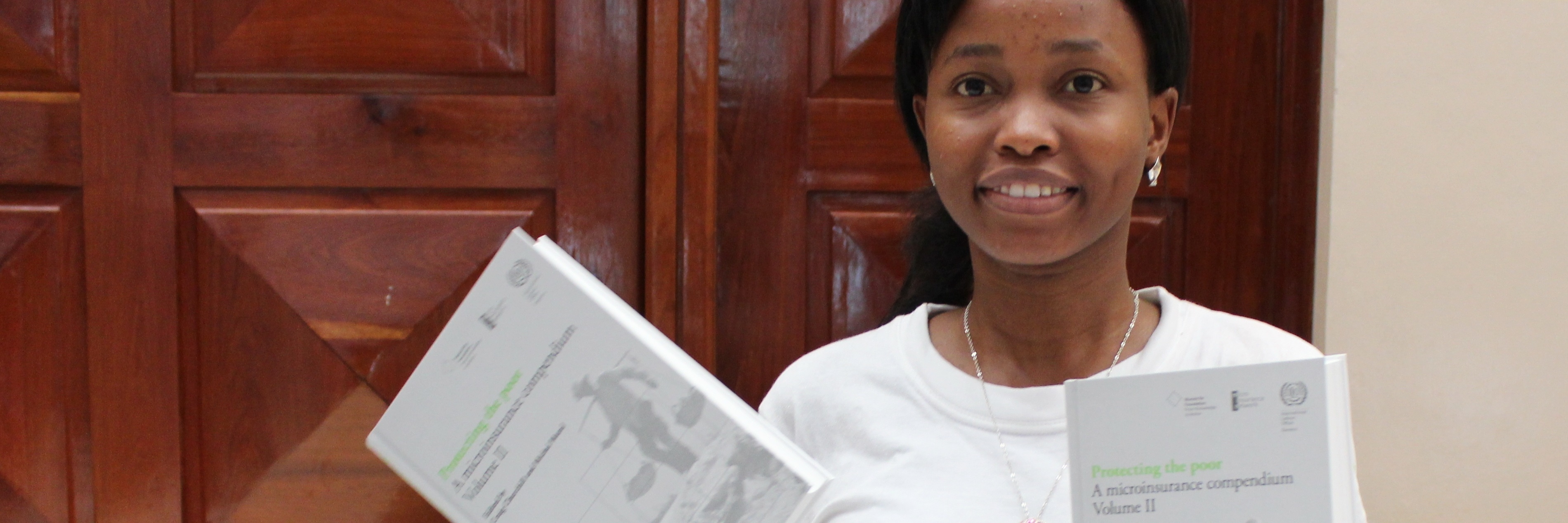
Protecting the poor
A microinsurance compendium - Volume II
properties.trackTitle
properties.trackSubtitle
This second volume of Protecting the poor is a unique collection of recent practices and emerging ideas in microinsurance. It covers numerous innovations that have emerged in recent years to meet the challenges of providing insurance to low-income people, from new products and delivery channels to consumer education tools, while examining changes in regulations, providers and schemes. As the microinsurance community dramatically evolves and millions more low-income households have access to better insurance cover, this timely second volume will be an invaluable resource for policymakers, insurers, academics and NGOs.
Download PDF English (full version)
Download PDF French (full version)
Download PDF Spanish (full version)
Download PDF Portugues (full version)
| Contents |
> | |
| - Acknowledgements (Craig Churchill and Dirk Reinhard) |
Part 1 | Emerging issues |
> | |
1 | Current trends in microinsurance |
2 | The potential of microinsurance for social protection |
3 | What is the impact of microinsurance? |
4 | Microinsurance and climate change |
Part 2 | Health insurance |
> | |
5 | Innovations and barriers in health microinsurance |
6 | Third-party payment mechanisms in health microinsurance |
7 | The elusive quest for estimates of willingness to pay for health microinsurance |
Part 3 | Life insurance |
> | |
8 | Savings in microinsurance: Lessons from India |
9 | Improving credit life microinsurance |
10 | Funeral insurance |
Part 4 | General insurance |
> | |
11 | Designed for development impact:Next-generation index insurance for smallholder farmers |
12 | Livestock insurance: Helping vulnerable livestock keepers manage their risk |
Part 5 | Insurance and the low-income market |
> | |
13 | The psychology of microinsurance: Small changes can make a surprising difference |
14 | Emerging practices in consumer education on risk management and insurance |
15 | Improving client value: Insights from India, Kenya, and the Philippines |
16 | Microinsurance that works for women |
17 | Formalizing the informal insurance inherent in migration: Exploring potential links between migration, remittances and microinsurance |
Part 6 | Insurers and microinsurance |
> | |
18 | Is microinsurance a profitable business for insurance companies?(Janice Angove and Nashelo Tande) |
19 | Teaching elephants to dance: The experiences of commercial insurers in low-income markets |
20 | State and market synergies: Insights from India’s microinsurance success |
21 | Pricing of microinsurance products |
Part 7 | Delivery channels and intermediaries |
> | |
22 | New frontiers in microinsurance distribution |
23 | Microinsurance intermediaries |
Part 8 | Infrastructure and environment for microinsurance |
> | |
24 | The technology revolution in microinsurance |
25 | Access to insurance and financial-sector regulation |
26 | Protecting consumers while promoting microinsurance |
Appendices | - Appendix: About the authors |
> |